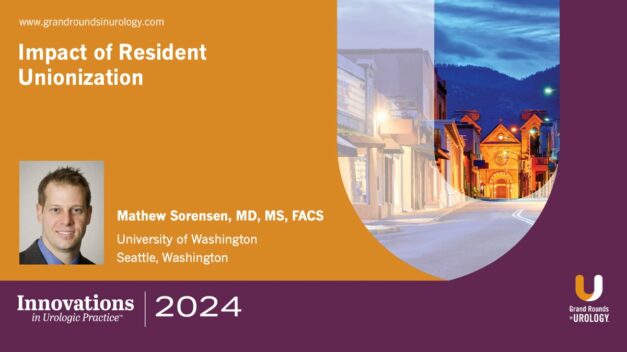Impact of Resident Unionization
Mathew Sorensen, MD, MS, FACS, explores the increasing trend of resident unionization in the United States, providing a comprehensive analysis of its growth, drivers, and impact on graduate medical education.
In this 23-minute presentation, Sorensen explains that unionization has become a prominent issue, with approximately 20% of US medical residents now part of unions. The drivers for unionization extend beyond salary, encompassing benefits such as fertility services, paid parental leave, wellness funds, and campus housing. He cites examples like UCLA, where non-salary demands formed a significant part of the unionization efforts. Established organizations like the Committee of Interns and Residents (CIR) are pivotal in guiding programs through this process, leveraging their extensive experience.
Sorensen shares personal experience at the University of Washington. He acknowledges animosity can arise during contract years, with threats of strikes and coordinated actions among residents creating tension. He concludes that while unionization has led to notable improvements in resident compensation and benefits, it also introduces complexities in program management and expansion, necessitating careful navigation of collective bargaining dynamics.
Read More


